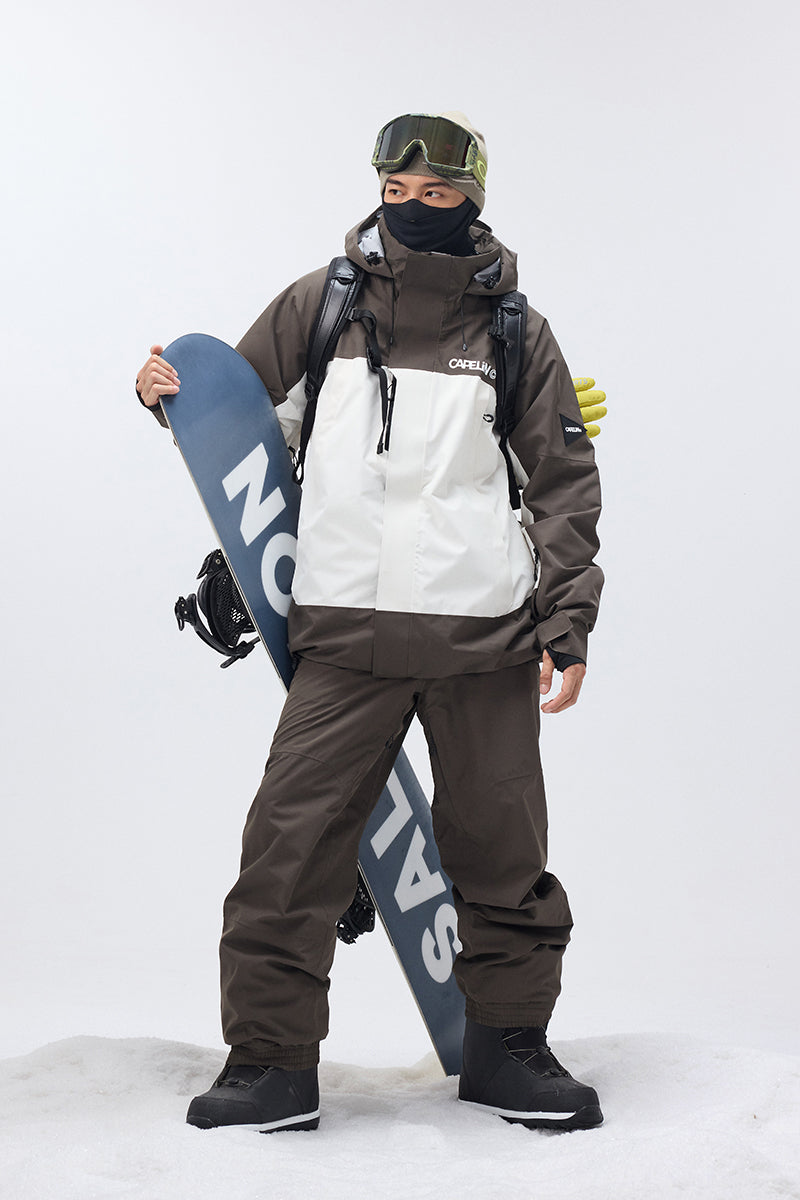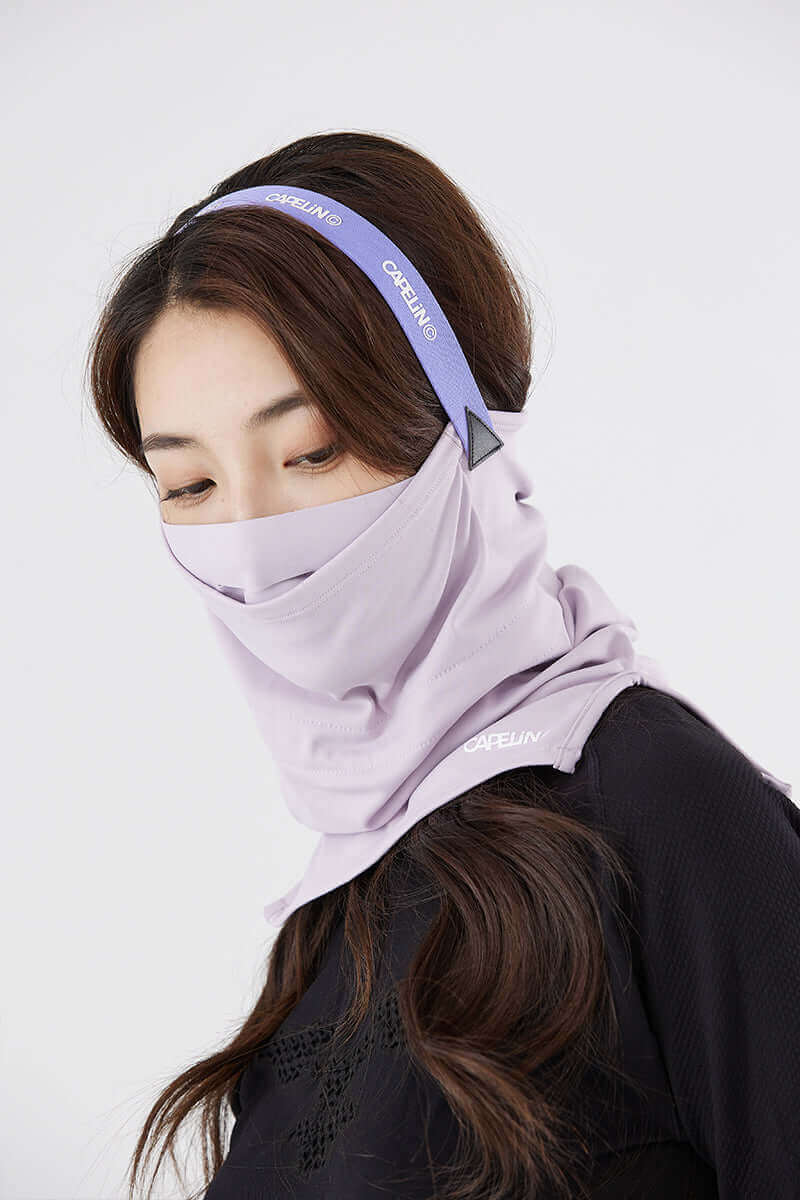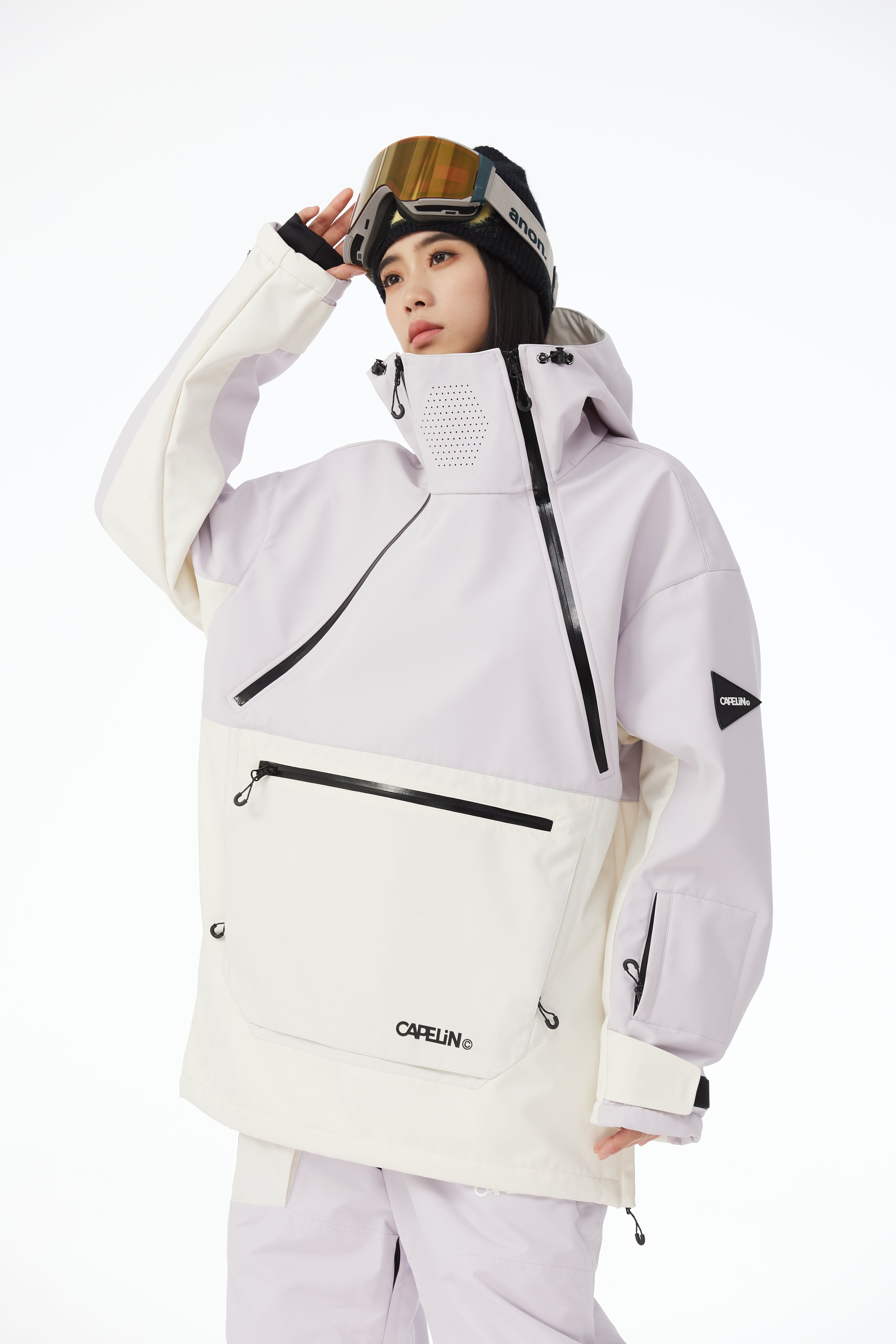Einführung
Wenn man an Snowboarden denkt, kommen einem wahrscheinlich zuerst Freiheit, Spaß und atemberaubende Bergpanoramen in den Sinn. Aber haben Sie schon einmal darüber nachgedacht, dass Ihr Körper neben dem Spaß ein umfassendes Training absolviert? Viele, insbesondere Anfänger, fragen sich: Ist Snowboarden ein gutes Training?Schließlich verbinden wir es eher mit Freizeitaktivitäten als mit dem Fitnessstudio. Dieser Artikel geht dieser Frage nach und zeigt, wie diese fesselnde Sportart Ihre Fitness von Kopf bis Fuß steigert.
Inhalt
● Reiseplanung vor der Reise (Festlegung von Reiseziel, Reisezeit und Budget)
● Organisation von Transport und Unterkunft für die Skireise
● Geeignete Skiausrüstung vorbereiten
● Erlernen von Ski-/Snowboardtechniken
● Wichtige Überlegungen während der Skireise
Ist Snowboarden ein gutes Training?
Die Antwort ist ein klares „Ja!“. Snowboarden ist weit mehr als nur ein Freizeitvergnügen; es ist ein hocheffektives Ganzkörpertraining. Es vereint auf einzigartige Weise Herz-Kreislauf-Training, Kraft- und Ausdauertraining und fordert gleichzeitig Gleichgewicht und Koordination heraus. Während du einen Tag lang die Pisten hinunterfährst, arbeitet dein Körper ununterbrochen, verbrennt Kalorien und beansprucht verschiedene Muskelgruppen – ein wirklich effektives Workout.
Welche gesundheitlichen Vorteile bietet Snowboarden für unseren Körper?

Die körperlichen Vorteile des Snowboardens sind vielfältig und tiefgreifend und umfassen vor allem:
● Stärkt die Muskeln: Diese Sportart ist hervorragend geeignet, um die Kraft der unteren Körperhälfte zu stärken. Um das Board zu kontrollieren, werden Oberschenkel-, Gesäß-, Waden- und Knöchelmuskulatur ständig in exzentrischen, isometrischen und konzentrischen Kontraktionen beansprucht. Dieses vielseitige Krafttraining ist mit vielen herkömmlichen Übungen nicht vergleichbar. Das gefürchtete Brennen in den Beinen am nächsten Tag ist ein Beweis für ein effektives Muskeltraining.
● Verbrennt Kalorien &und fördert die Herz-Kreislauf-Gesundheit: Snowboarden ist ein fantastisches Herz-Kreislauf-Training. Die rasanten Abfahrten bringen den Puls deutlich in Schwung und stärken das Herz. Die Kombination aus schnellen Abfahrten und Pausen im Sessellift macht es zudem zu einer natürlichen Form des hochintensiven Intervalltrainings, wodurch Kalorien besonders effizient verbrannt werden.
● Verbessert das Gleichgewicht &Kernstärke: Das ist das Herzstück des Snowboardens.Um auf dem Board stabil zu bleiben, müssen deine tiefliegenden Rumpfmuskeln – Bauchmuskeln, schräge Bauchmuskeln und unterer Rücken – während der gesamten Fahrt beansprucht werden. Jeder Übergang von der Ferse zu den Zehen und jede Anpassung an unebenes Gelände fordern und verbessern dein Gleichgewicht und deine Rumpfstabilität.
● Fördert das psychische Wohlbefinden: Dies ist vielleicht der am meisten unterschätzte Vorteil. Körperliche Aktivität an der frischen Luft, umgeben von atemberaubender Naturkulisse, senkt nachweislich den Stresspegel deutlich. Die beim Sport freigesetzten Endorphine erzeugen in Kombination mit dem Vitamin D aus dem Sonnenlicht ein starkes Wohlbefinden, das noch lange nach dem Verlassen der Berge anhält.
Ist Snowboarden schwer?

Ehrlich gesagt, Ist Snowboarden schwer?Für Anfänger ist die Antwort: Ja, es ist eine Herausforderung. Die ersten Tage können die schwierigsten sein, da man erst lernen muss, das Gleichgewicht auf dem Board zu halten, die Geschwindigkeit zu kontrollieren und Kurven zu fahren. Häufiges Hinfallen gehört zum Lernprozess dazu. Wie bei jeder Fertigkeit gilt jedoch: Mit der richtigen Anleitung und regelmäßigem Üben können die meisten die Grundlagen relativ schnell erlernen. Das Erfolgserlebnis ist enorm, sobald man die anfängliche Lernkurve überwunden hat.
Dies führt zu einer weiteren häufig gestellten Frage: Ist Snowboarden schwieriger als Skifahren?? Es ist eine klassische Debatte. Allgemein herrscht die Meinung vor, dass Snowboarden gerade am Anfang schwieriger sein kann. Da beide Füße fest auf einem Board stehen, ist die Bewegungsfreiheit eingeschränkt, was das Erlernen von Gleichgewicht und Kontrolle erschwert. Skifahren hingegen, bei dem sich die Füße unabhängig voneinander bewegen, kann sich für Anfänger intuitiver anfühlen. Auf fortgeschrittenem Niveau stellen jedoch beide Sportarten ihre eigenen komplexen Herausforderungen dar. Letztendlich kommt es auf das persönliche Gefühl und die Koordination an.
Was sollen wir zum Snowboarden anziehen?

Die richtige Ausrüstung ist unerlässlich, um den Sport genießen und von seinen Trainingseffekten profitieren zu können. Was man beim Snowboarden tragen sollte? Entscheidend ist das Zwiebelprinzip und die Verwendung spezieller Ausrüstung, um warm und trocken zu bleiben:
● Basisschicht: Lange Unterwäsche mit Feuchtigkeitstransport, die Ihre Haut trocken hält.
● Mittlere Schicht: Eine Fleece- oder Daunenjacke für zusätzliche Wärme.
● Äußere Schicht: Ein hochwertiges Snowboardjacke Und Snowboardhose Sie sind unverzichtbar. Sie müssen wasserdicht, winddicht und atmungsaktiv sein, um Sie vor Schnee, Feuchtigkeit und Kälte zu schützen.
● Zubehör: Vergiss nicht HandschuheSkibrille, Helm und geeignete Snowboardsocken.
Abschluss
Snowboarden ist also mehr als nur ein aufregender Wintersport; es ist ein umfassendes Training für Körper und Geist. Es stärkt die Muskulatur, verbessert die Herz-Kreislauf-Gesundheit, fördert das Gleichgewicht und hebt die Stimmung deutlich. Auch wenn es anfangs schwierig sein mag, machen die gesundheitlichen Vorteile und der pure Spaß jede Anstrengung lohnenswert. Also, schnapp dir deine Ausrüstung! Snowboardjacke Und SnowboardhoseUnd ab auf die Piste – Körper und Geist werden es Ihnen danken.
Häufig gestellte Fragen
F: Was kann ich gegen Muskelkater am Tag nach dem Snowboarden tun?
A: Das ist normal und zeigt, dass deine Muskeln gut trainiert wurden. Mach leichte Dehnübungen, trink Wasser, iss Eiweiß und ruh dich ausreichend aus.












